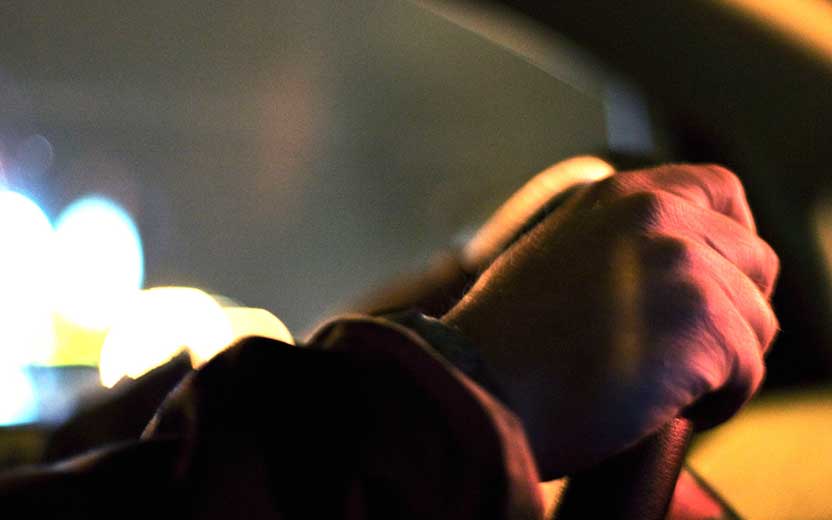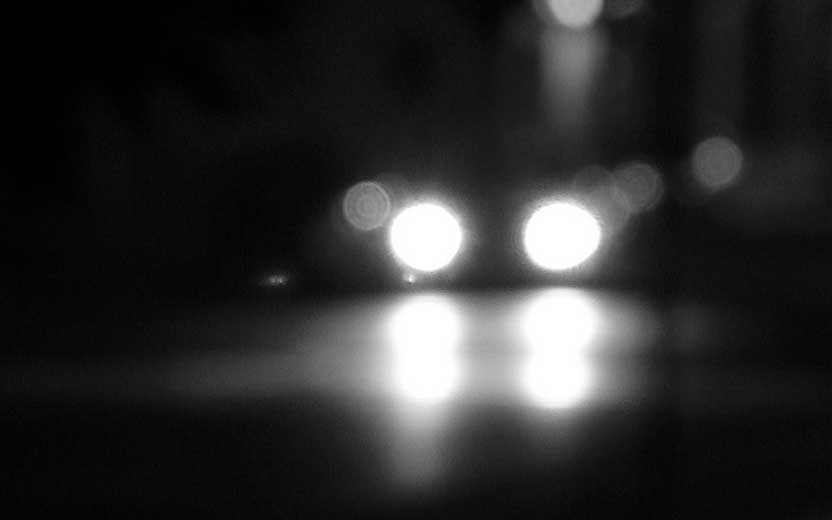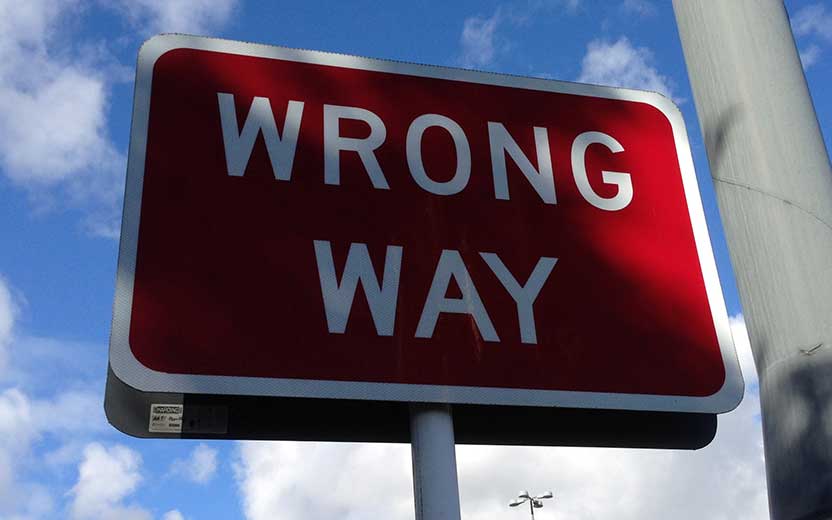By Marcus Fernandez
Within the days following an accident, it’s important to gather as much evidence as possible if you wish to file a personal injury claim. If you want to recover full compensation for any injuries sustained in an accident, you will need to be able to prove that another party’s negligence was the cause. Evidence will go a long way in proving that negligence took place. Here, we’ll teach you how to collect evidence for a personal injury claim.
How To Collect Physical Evidence to Build a Personal Injury Case
Eyewitness testimony can be helpful in a personal injury case but isn’t as strong as more tangible physical evidence. For example, the physical damage done to a vehicle in a car accident can help show how the accident occurred. This physical evidence may contradict or support statements from others involved in the accident.
You can also use physical evidence to prove the severity of your injuries. Items such as shredded clothing or damaged possessions will help illustrate the accident’s impact. Over time, any evidence gathered could get lost before you resolve your case. So, t’s important not only to collect sufficient evidence but also to secure it safely.
How You Can Use Photographic Evidence to Your Advantage
In the event you are unable to obtain physical evidence to support your claim or simply lose it, you can always capture photographs of the scene following the accident, along with your injuries. Using your smartphone or a digital camera, take photos of the accident from many different points of view and capture plenty of angles of your injuries to help prove the extent of your injuries and the nature of the accident.
If you’re worried about the ability to take photos in private areas, you can ask permission from the property owners. If you are unable to gain permission to capture photos in any location, record the denial. Include details about who denied access to the area, the reason for the denial, and the time when it occurred. Otherwise, you should be able to take photos in any area that is normally open to the public.
If you are unable to take photos of the accident for any reason, explain the issue to the insurance adjuster. Demand permission to gain access to the area for the purpose of capturing photos. You should be allowed to get the evidence you need to support your arguments.
Make sure all photos are taken as soon as possible following the accident, and include timestamps when processing them or hold on to the original digital files, which will include the time and date when they were saved to your hard drive.
How to Collect Evidence of Injuries
In addition to photos of the scene of the accident, you need to capture photos of your injuries. Any scratches, burns, and bruising, regardless of severity, will help you build a case.
Apart from photos, you should do what you can to obtain medical records, which are even more important to have than photos of injuries. Medical records will detail both the extent of your injuries and the recommended treatment to help you recover, including any ongoing treatment. Medical bills will also prove the financial burden that the accident caused, which will help gauge compensation.
Related: How Special Damages Work in Personal Injury Cases
The Importance of Returning to the Scene of the Accident
After seeking medical attention, which is the most important step to take immediately after an accident, you should take the time to return to the scene of the accident to capture video or photographic evidence.
While you might believe you have a clear picture of the scene and the circumstances leading up to the accident, you may find certain surprises as you observe the scene after the fact. You may notice certain traffic signals were broken, or damage to the road could have affected the situation. You may also locate nearby witnesses who were present during the accident, whose testimony may further back your claim. Make sure your photos capture every angle possible to gain a complete picture of the accident. Physical evidence from the scene of the accident could also match police reports.
You might notice that there is a video camera at the scene of your accident. Through the Freedom of Information Act (FOIA) you may be able to request the footage from that camera. First you’d have to find out which agency owns the camera. Is it the department of transportation, the police, city surveillance, or a private entity like a bank? A personal injury lawyer can help you with this process.
Present Your Evidence to an Attorney
Once you have all of the evidence you need to build a case, speak with a personal injury attorney who may be able to help you use it to support a personal injury claim. If you’re struggling with how to collect evidence for your claim, such as medical records or police reports, an attorney may be able to help recover them. With sufficient evidence, you’ll increase your chances of recovering full compensation for any pain and suffering resulting from the accident. Get a free case evaluation from one of our experienced attorneys at KF&B Law.


